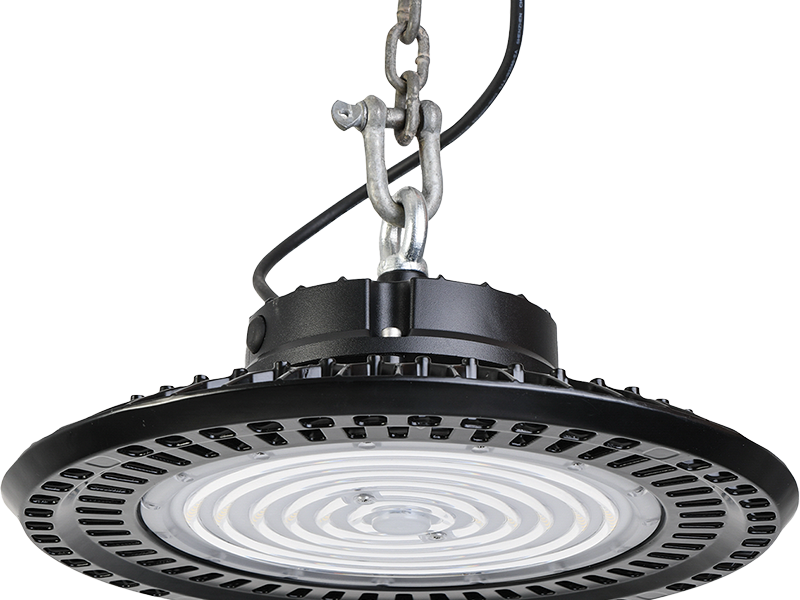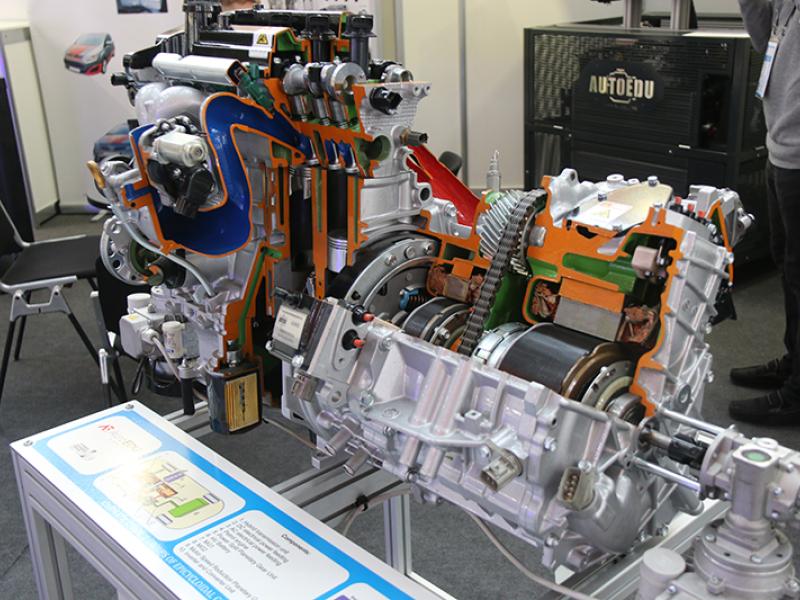Is anyone reading this article guilty of driving home from work not completely focused on the one critical task at hand: driving safely and minimising the risk of accident, injury, or death?
You are not alone, and let’s face it, it is not easy to apply the necessary focus with so much else going on in our lives. Taking in the scenery, thinking about dinner, picking our own All Blacks team, or problem-solving work and life issues while driving can cloud our vision and awareness.
Our multidimensional minds can become a liability when pure focus for long periods of time is necessary. It’s a common issue that many of us face daily, and unfortunately, it can have serious consequences. Driver distraction is well known as a major cause of accidents, and the New Zealand Transport Agency’s current campaign “Let Driving Distract You” is aimed at reducing the 22 deaths and 113 serious injuries caused by distracted driving in 2022.
While minimisation remains the goal, because elimination of risk is not yet possible, ADAS (Advanced Driver Assistance Systems) using advanced computing and a variety of sensors is now our greatest ally in risk reduction. These systems are designed to support drivers in maintaining focus and enhancing safety on the road.
As repairers, ADAS brings a new field of opportunity to our industry. This opportunity includes a whole new field of work repairing damaged components and recalibrating the system. That is pretty good timing for a new technology to require maintenance when most modern systems are becoming maintenance-free. The introduction of ADAS means more vehicles needing calibration services, creating a new revenue stream for workshops.
ADAS is the collective name given to a variety of driver assistance systems. The systems fitted to a vehicle vary widely but most new vehicles will have at least one ADAS system fitted. Systems such as Lane Departure Warning (LDW), Adaptive Cruise Control (ACC), and Blind Spot Monitoring (BSM) are common for obvious reasons. High-value vehicles will very often be fitted with all available systems. These advanced systems work together to provide a safer driving experience, but they need to be properly maintained to function correctly.
Why do we need to calibrate these systems?
Every time an ADAS control unit, sensor, or connector is damaged or removed and replaced, calibration is required. Any movement from mirror, bumper, or screen repair or replacement upsets the respective ADAS component’s original position and can leave the system faulty if not recalibrated. This ensures that the system’s sensors and cameras are accurately aligned to the vehicle’s position and angle.
Recalibration of ADAS components comes in a variety of forms and is often manufacturer-specific. Some require a static calibration with stationary targets, while others use a dynamic calibration method requiring the system to be put into a calibration mode and driven in a specific way. Static calibration often involves aligning targets in front of the vehicle, while dynamic calibration may require driving the vehicle in real-world conditions to fine-tune the sensors.
So how would not calibrating an ADAS system potentially affect a vehicle? Let’s assume there are no dashboard warning lights lit up to deactivate the system, and it is not you driving the vehicle, but the other 95 percent of motorists who don’t think about their ADAS. This could lead to dangerous situations.
Front camera of a lane departure warning system not being calibrated after a windscreen replacement could generate the following issues:
• Vehicle crossing centre lane.
• Vehicle crossing outer lane.
• Over or under correction during cornering.
Radar cruise control not calibrated after front-end vehicle work could generate the following issues:
• Inaccurate vehicle avoidance in front.
• Automatic braking early, late, or not at all.
Blind spot monitoring not calibrated after rear of vehicle work could generate the following issues:
• No warning of vehicle.
• Warning when not required.
• Repeated warnings, correct or incorrect.
In all the above instances, repairs without calibration could lead to an increased accident risk. A road test to confirm correct operation after repair work is a must as the consequences of inaccuracies could be significant. Proper calibration ensures that the ADAS systems function as intended, providing the necessary support to the driver.
Some repairers are starting to see clients’ vehicles requiring calibration on an increasing basis. Most of these are getting tired of driving these vehicles to other people’s businesses, waiting for the calibration to be done, then driving back and paying others for profitable work you could be doing yourselves. If you have a suitable work area to carry out the calibration and are also prepared to make an investment to receive the excellent returns available from ADAS, which will boost your existing business, now is the time to act.
When you see the potential work streams that could be generated in your own business and where all this is going, and want to go for it, becoming “the place” for these kinds of things, consider this: it is on every new car. Imagine the volume of work that will at some point be required as these now-new vehicles age and require the various repairs that would necessitate an ADAS calibration. The future of automotive repair is evolving, and being at the forefront of ADAS calibration can position your business as a leader in the field.In the meantime, we will do our best to cope with all the warning triangles, beeps, shaking of the steering wheel, and steering wheel corrections that have saved us numerous times from the embarrassment of being human and getting a little older! These features, while sometimes startling, provide an essential layer of safety that can prevent accidents and save lives.
AECS Equipment has been involved in the ADAS calibration industry for several years, supplying high-quality Launch ADAS equipment since it first became available in NZ. We have the skills and experience to provide our clients the very best ADAS experience from equipment selection, user issues, and ongoing after-sales support.
Our commitment to excellence, product onboarding and our technical support sets us apart in the industry.
Find out more about our ADAS Equipment here www.aecs.co.nz.






